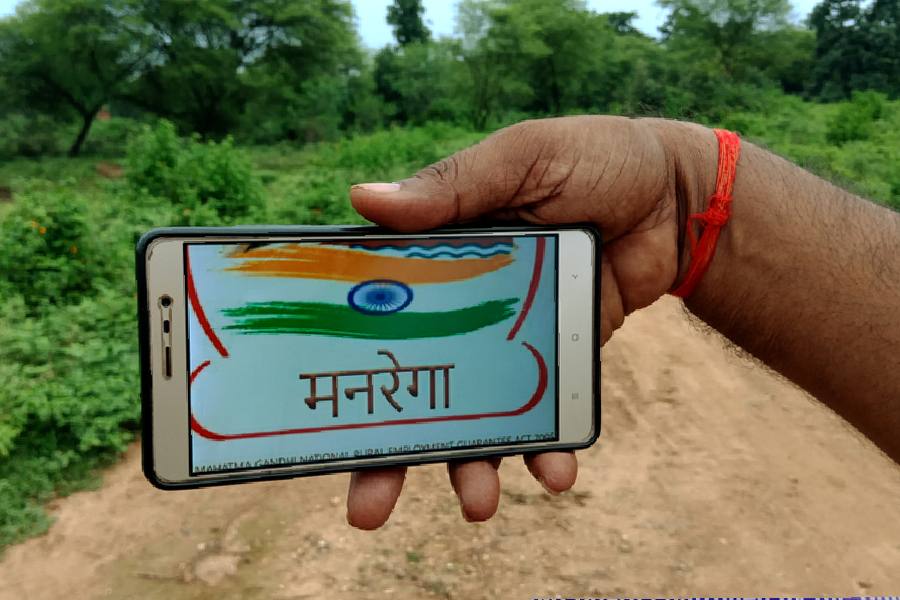Guards in biohazard suits, ready to stop anyone from leaving. Athletes giving interviews from behind plastic walls, speaking through microphones. All-day armpit thermometers, with tiny transmitters to sound the alarm should someone develop a fever.
With the Winter Olympics in Beijing just six months away, the Chinese authorities are planning elaborate precautions against Covid-19. The measures are expected to go far beyond those taken at the Tokyo Games, which ended on Sunday with more than 400 infections reported.
China has made clear that containing the virus is its top priority. On July 30, as case numbers were climbing in Tokyo, Beijing organisers announced plans to redesign their 39 Olympic venues. Workers are now dividing passageways lengthwise and installing new toilets and other facilities.
The design changes are supposed to ensure that athletes have practically no contact with referees, spectators or journalists, groups that will also be kept separate from one another as well. The goal is to minimise cross-infection.
“These supplementary epidemic prevention measures are not very large in terms of construction scale, not difficult in terms of construction difficulties,” said Liu Yumin, an official with the Beijing Olympics’ organising committee. “All venues will be delivered on time.”
In Tokyo, the authorities barred almost all Olympic spectators and told participants from overseas to stay in designated hotels and ride special buses to events. But enforcement was haphazard, and news outlets found many violations.
Residents of Japan, who were allowed to commute from home to the Olympic “bubble,” represented about two-thirds of the infections reported at the Games.
China plans a stricter approach. For the Winter Games, to be held from February 4 to 20, 2022, the authorities intend to wall off China’s 1.4 billion people from essentially all athletes, judges, drivers, guides, journalists and others associated with the event.
When the Games end, practically everyone involved will be required to leave China or endure several weeks of total isolation in government-run quarantine centres, undergoing numerous medical tests, according to people familiar with Beijing’s preparations.
Organisers have not revealed the full extent of the preventive measures, which will evolve in the coming months.
But some details have been made public. Journalists will interview athletes through sturdy plastic walls. Microphones will be equipped with protective sponges, to be changed after each interview.
Beijing has already said that fewer than 30,000 people, including accredited participants, will be allowed to enter China for the Winter Games, although no decision on foreign spectators has been announced.
No information has been released about Olympic quarantine facilities. But, in general, China’s top medical experts have concluded that hotels, while comfortable, do not provide sufficient infection control.
So they have invented new approaches. For example, nearly 2,000 prefabricated, stackable metal containers for individual quarantines were built during an outbreak early this year in Shijiazhuang, about a four-hour drive south of Beijing.
The International Olympic Committee has till now largely shied away from discussions about Covid protocols at the Beijing Games.
China has touted its use of technology to fight the virus. On Friday, the state-run People’s Daily promoted an invention being used in Wuhan, where the virus first emerged: a robot that takes samples for Covid tests, putting a swab down a person’s throat. It makes people “feel more comfortable in the sampling process,” the newspaper said on Twitter.
People’s Daily gave no indication that such a robot would be used at the Olympics. But China has test-run a different technology that will be deployed at the Games: armpit thermometers that stick like Band-Aids and transmit the person’s temperature.
More than 600 people were outfitted with the devices during an experiment at a Beijing stadium last spring, and one did develop a fever that was quickly spotted.
New York Times News Service










